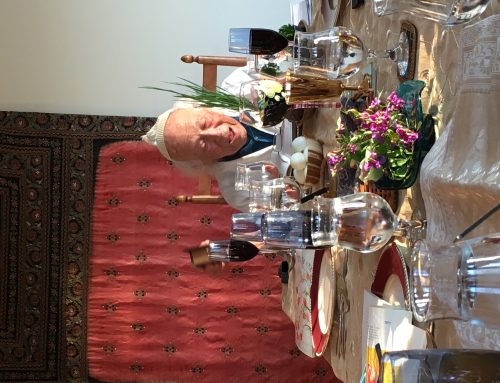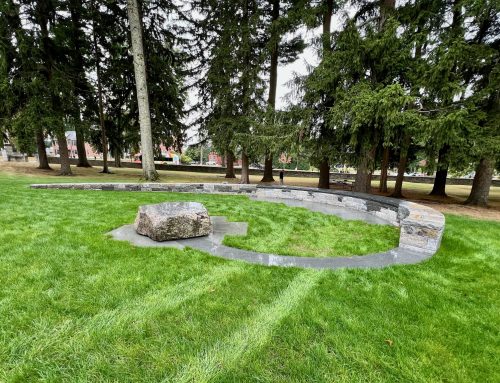This year, Tu B’Shvat begins Tuesday, January 30 and ends at sundown on Wednesday, January 31. This festival, which means “the new year of the tree,” occurs on the full moon in winter during the month of Shevat. While many people now think of Tu B’Shvat as a sort of Jewish arbor day, that is not why it traditionally existed or was celebrated. Tu B’Shvat actually marks the time when the sap is beginning to rise in the trees in the Mediterranean basin.
In 1980, Rabbi Gendler wrote an article explaining the Kabbalist Tu B’Shvat seder. He then provided an outline on how to put this old tradition into practice in modern times. If you’re so inclined to have a Tu B’Shvat seder this year, all you need are various fruits and nuts that fall into three different categories: those with protective shells on the outside but are edible inside; those edible inside but with an inedible pit; and those entirely edible. The seder also includes some blessings and both red and white wine.
Interested?






I remember the carob pods we used to have a the Tu B’Shvat seders at Temple Emmanuel. It took some convincing on Rabbi Gendler’s part to get me to try them the first time. Now I look for them every year.
Thanks for sharing this memory, Lisa! Naomi was telling me about carob pods a couple of weeks ago. They were apparently very memorable! Have you been able to find them?